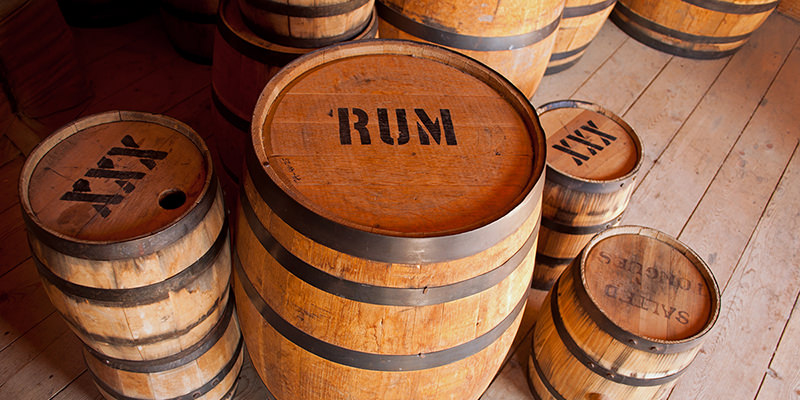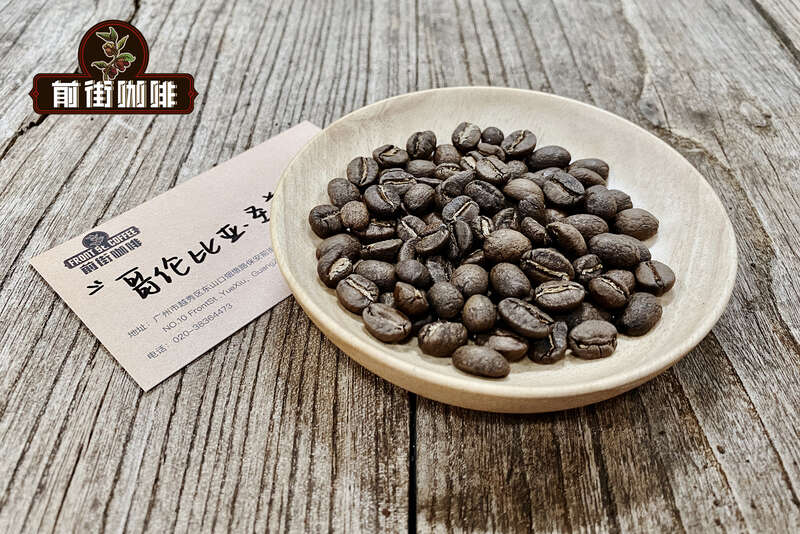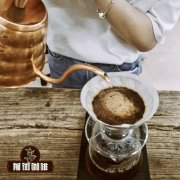Rum barrel fermentation treatment of Coffee Bean in San Jose Manor in Caldas, Colombia
One of the best places in the world to grow coffee: San Jose Manor, Caldas, Colombia
Let's start with Finca San Jose Estate in Colombia, a manor in the province of Caldas, which is 1750 meters above sea level and about 1400 meters high from the flat ground. The annual temperature is between 21 and 25 degrees Celsius. The mountain soil over there contains volcanic ash and is rich in minerals, which is very suitable for growing boutique coffee trees!
San Jose Manor not only has the coffee beans fermented in this rum barrel, they also grow a rare pink bourbon, which is a mixture of yellow bourbon and red bourbon, and the flavor is also very good, but the quantity is not large. in addition, there are well-known boutique coffee varieties such as Kaddura, Castillo and so on.
The manor harvested the ripe coffee cherries, dried them in an African scaffolding and greenhouse, and improved them through promotion in the process.
Coffee beans + old wine barrel = new taste popping up
San Jose Manor has been striving for innovation and change in the boutique coffee industry, trying to take a different path, and on one occasion in 2013, he accompanied a gentleman who was engaged in the manufacture of rum to barrel and ripen the original wine. so there was a flash of inspiration-what if you put raw coffee beans in oak barrels? Will it be like the original wine, absorbing the flavor of oak barrels and showing a better effect?
With these questions, the owner of the San Jose estate began to experiment with putting raw coffee beans into rum buckets of different ages for wine-making low-temperature fermentation, and the fermentation time was different, in order to test the best results!
After years of experiments and attempts, we finally found a fermentation method that can produce excellent taste and aroma in 2017, which is different from the traditional rum barrel fermentation.
In 2019, the manor owner continued to improve the aftertaste treatment process, such as African-style scaffolding and greenhouse drying process, making the overall flavor more dry and distinct.

Rum barrel treatment-introduction to the treatment method
The owner of the San Jose estate chooses the coffee beans of the Castillo variety (Castillo), selects the well-ripe coffee cherries by hand, and after washing with water, let them ferment for 20 hours, then put them into rum oak barrels for more than 8 years, place the beans in a barrel for three months and roll once a day to evenly absorb the aroma of the wine.
During this period, the coffee beans in the bucket will be sampled every 30 days to ensure the degree of fermentation and whether the wine is fully absorbed, so that when the coffee beans are finally finished, the characteristics will be more distinct and complete.
So how good is this rum bucket of coffee?
This fine coffee bean from San Jose Manor-rum barrel fermented and washed, once participated as a formula bean in the cappuccino category of RASV Australia International Coffee Baking Competition in 2019 and won the Silver Award! This competition is attended by more than 800 groups of samples from all over the world.
So, whether you want to make boutique coffee by hand, or mix it with bean curd to make lattes, cappuccinos, or even ice drops or cold coffee. Continue this basic wine chocolate and spirits fermentation tone, the front section is a strong raisin and cherry flavor, the entrance can obviously feel like a number of brandy wine, and after the entrance into a strong chocolate wine sugar, a long sweet finish. The flavor is different, so it's worth exploring.
Manor San Jose, Colombia
■ country Colombia (Colombia)
■ producing area Caldas producing area (Caldas)
■ is 1750 meters above sea level
■ variety Castillo (Castillo)
Refined washing with ■ treatment & rum barrel fermentation (Washed & RUM)

Important Notice :
前街咖啡 FrontStreet Coffee has moved to new addredd:
FrontStreet Coffee Address: 315,Donghua East Road,GuangZhou
Tel:020 38364473
- Prev

Introduction to the characteristics of Coffee Bean musicians in Carnett Manor, Costa Rica
Most of the boutique coffee is Arabica beans, which like to grow at high altitudes in the tropics, sucking the mineral nutrients of the volcanic soil, and Costa Rica in Central America happens to have such a unique place. Carnet Manor in central Costa Rica uses Kaddura and Kaduai coffee beans for grape honey treatment and washing.
- Next

The difference between American Coffee and Fine Coffee the benefits of matching Robusta beans properly
Common American coffee, espresso, lattes and so on use robusta coffee beans (Robusta), also known as commercial beans. The high-quality coffee uses Arabica coffee beans (Arabica). The two are different in variety, gene and composition, so they are different in taste, aroma and flavor in essence. In fact, the bitterness of robusta coffee beans (Robusta) is fascinating to us.
Related
- Beginners will see the "Coffee pull flower" guide!
- What is the difference between ice blog purified milk and ordinary milk coffee?
- Why is the Philippines the largest producer of crops in Liberia?
- For coffee extraction, should the fine powder be retained?
- How does extracted espresso fill pressed powder? How much strength does it take to press the powder?
- How to make jasmine cold extract coffee? Is the jasmine + latte good?
- Will this little toy really make the coffee taste better? How does Lily Drip affect coffee extraction?
- Will the action of slapping the filter cup also affect coffee extraction?
- What's the difference between powder-to-water ratio and powder-to-liquid ratio?
- What is the Ethiopian local species? What does it have to do with Heirloom native species?

